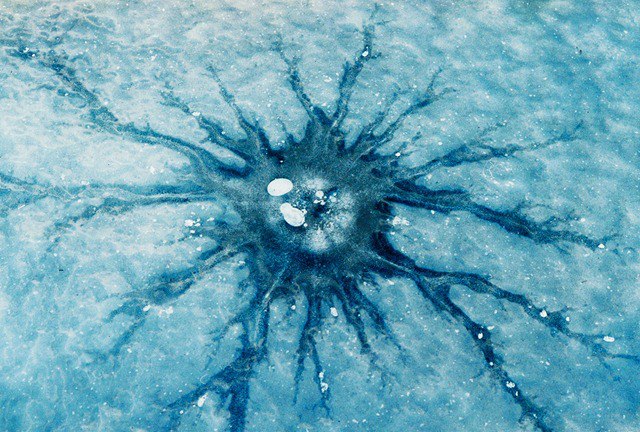
Long before the dawn of recorded history, ancient civilizations took a look at the majestic sky, the same one we gaze into now, wondering about the inception of the cosmos. Many believed much more radical ideas than the type we are accustomed to. Be it the kingdom of the heavens being vomited into existence by an unseen deity, or hatched from a rather large egg — our understanding of the nature of the laws of physics has increased dramatically since the day and age of throwing stones. With that said, we are still not completely sure how the universe – and everything in it – came to be, but we do have some solid ideas. The most widely accepted scientific idea, which attempts to explain the origin of our universe, is called the big bang theory. The model matches our observations much more closely than anything presented before, or after, but that’s not to say it isn’t without some serious problems. Most recently, a new question has been presented: Did the universe truly start out with a bang, or was it closer to a freeze?

Universal Phase Change:
Last year, theoretical physicists, who hail from the University of Melbourne and RMIT University in Australia, proposed a new hypothesis dealing with the origin of the universe. This new theory, dubbed the big chill, challenges many aspects of *the* ultimate theory of our origins, whilst suggesting that the universe didn’t evolve from an exceptionally hot, highly ordered and infinitely dense point in space some 13.7 billion years ago — spawning the existence of spacetime, before ultimately cooling to allow all of the matter in our universe to form. Instead — the theory postulates that the beginning of universe was less of a massive explosion and more like a phase change, similar to that of water freezing into ice.

To understand this theory properly, one must know the basics of quantum graphity – a theory that puts forth the notion that four dimensional space/time isn’t a fundamental property of the universe, which ultimately sprang from the big bang, but instead, space and time materialized out of an amorphous state and is constructed solely out of space-time “building blocks” (like pixels on a computer screen). Another proper comparison can be drawn between these so-called spacetime building blocks and atoms, the constituent parts of matter. When broken down further, the atoms are made out of even smaller building blocks, called subatomic particles.
In their theory – prior to the “bang” – with the temperatures remaining exceptional hot, these purported building blocks were akin to liquid water, with no definable shape or structure. At the moment the universe sparked into life, the temperatures began to cool immediately, thus space/time crystallized into the four dimensional lattice we see now, but thankfully, not without leaving behind defects, like cracks, that could still be detected even now. The team believe we should be able to see these defects by merely observing particles as they bend, or refract, when they come into contact with them. The trouble is, from our vantage point, four dimensional space/time appears continuous and smooth for the most part. If these cracks do truly exist, we aren’t sure how small, large, or spaced apart they should be.
Is it Viable?
While the equations apparently check out, apart from observing the infinitesimally small building blocks of space/time put forth in this theory, detecting the cracks is a sure fire way to lend credibility to this theory, but no dice – not yet anyway. If it does come to pass, it would revolutionize the way we think about the formation of the universe.